From Arcades to Metaverse: A Thrilling Evolution of VR Gaming
Level Up Your Knowledge: The Incredible Journey of VR Gaming!
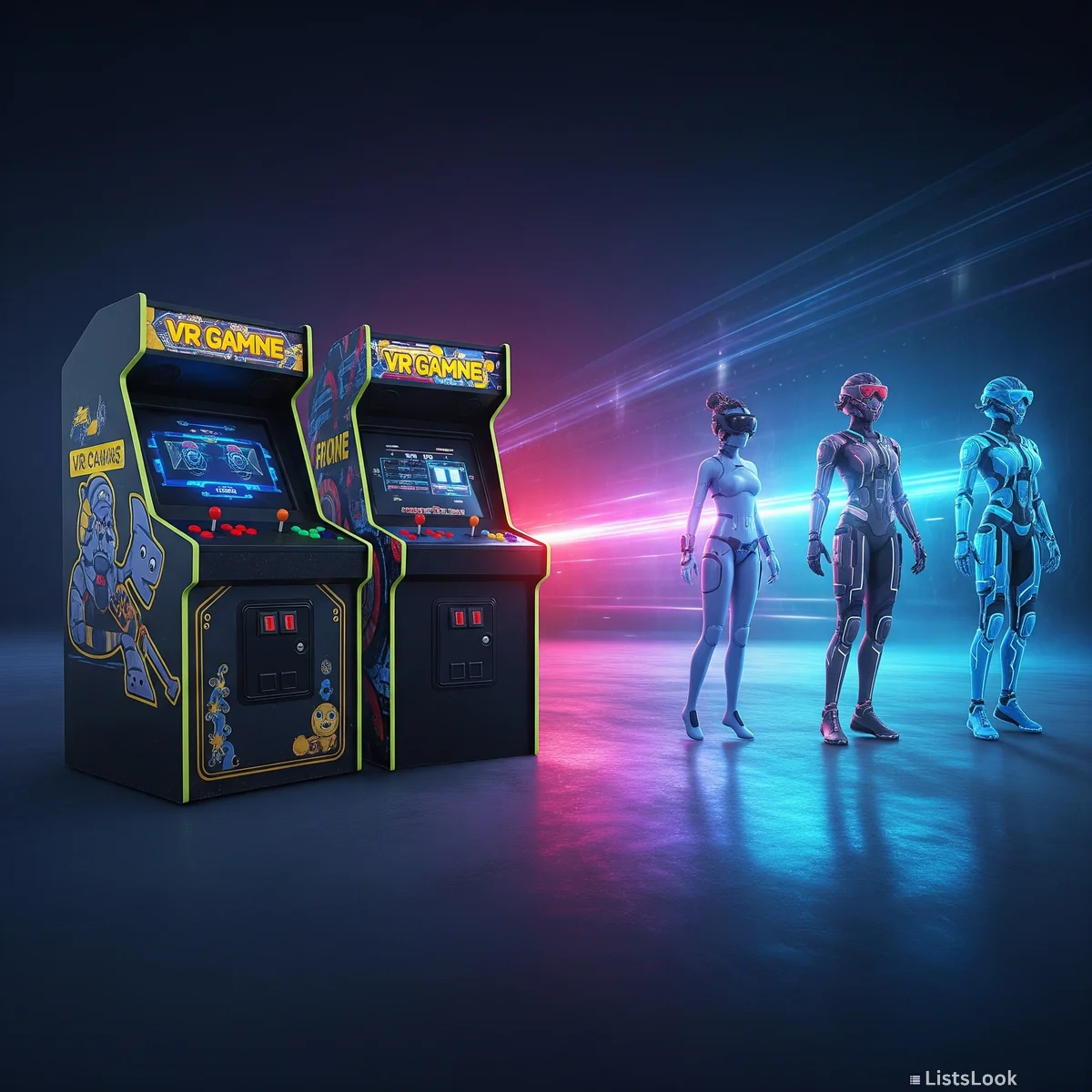
Ever wondered how we leaped from pixelated screens to breathtaking virtual worlds? Buckle up, gamers! We're taking a nostalgic trip through the evolution of virtual reality gaming, from its clunky arcade beginnings to the mind-blowing metaverse experiences of today. Get ready to explore the key milestones, game-changing innovations, and unexpected twists that have shaped the VR gaming universe we know and love. Prepare for a blast from the digital past and a glimpse into the exciting future!
1. The Seeds of Immersion: Early VR Concepts (1960s-1980s)
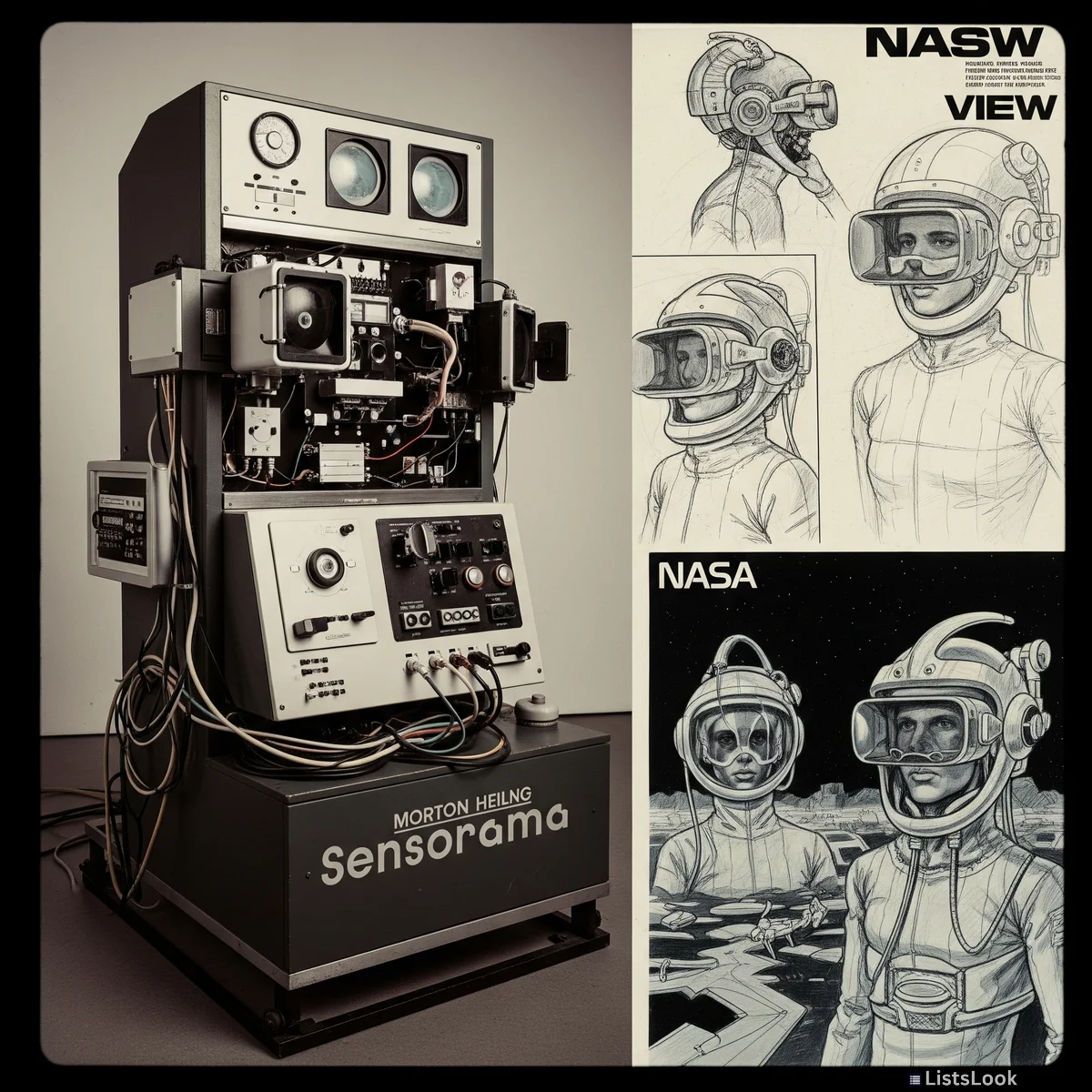
Long before sleek headsets, the dream of virtual reality was being sown. Pioneers like Morton Heilig envisioned experiences blurring reality and simulation in the 1960s with Sensorama. While not strictly gaming, these early concepts laid the groundwork. Later, projects like NASA's VIEW program hinted at VR's potential for immersive interaction and training. This era was about dreaming big and laying the first, foundational digital bricks for the VR revolution that was still decades away. It was the spark that ignited the imagination of future developers and gamers alike.
2. Arcade Domination: The Golden Age of VR Arcades (1990s)
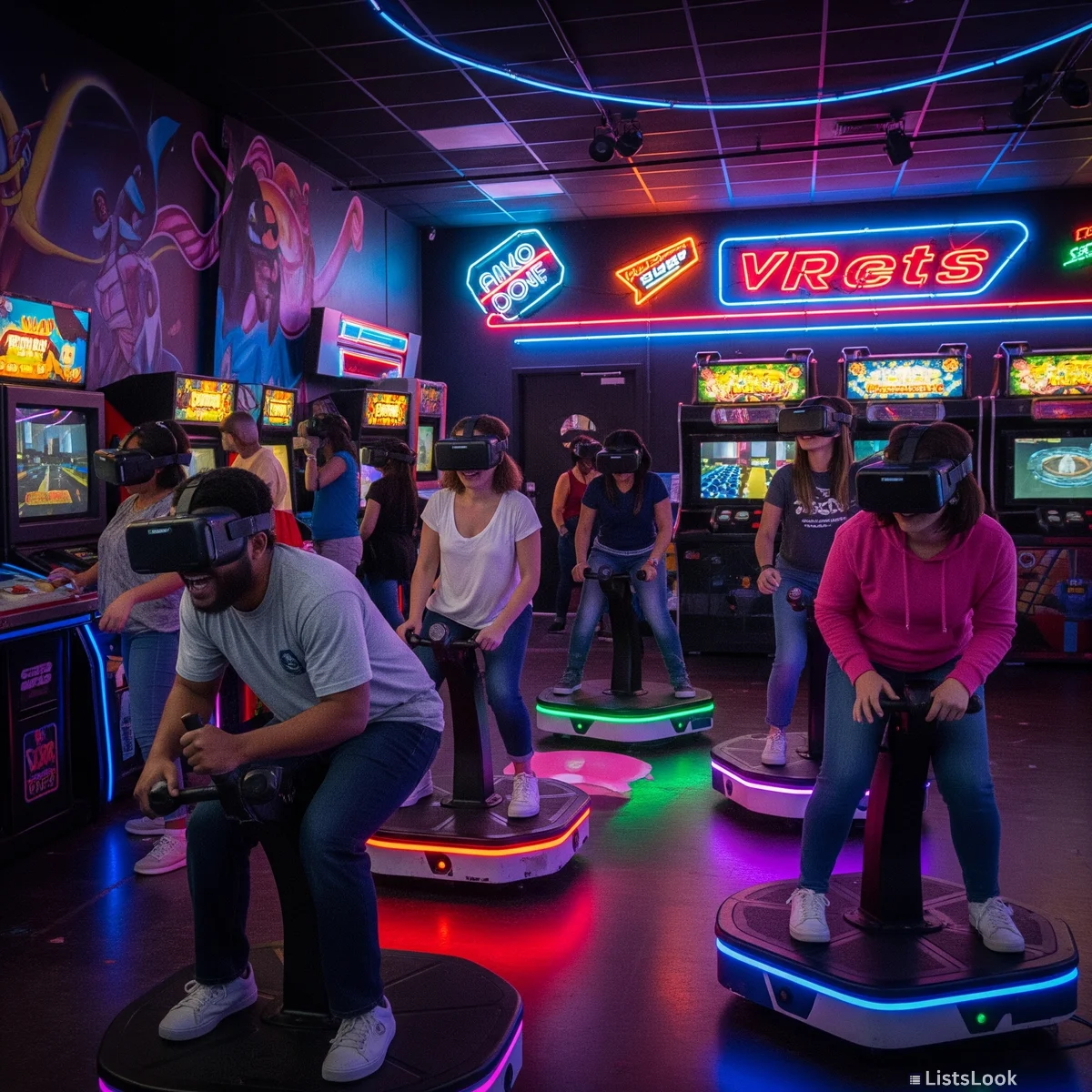
Step into the neon-lit arcades of the 90s – the birthplace of VR gaming for many! Bulky headsets and motion platforms like Virtuality and BattleTech Centers transported players into futuristic battlefields and fantastical realms. Despite the cumbersome tech and high costs, these experiences were groundbreaking. They offered a tantalizing taste of immersive gaming and proved the immense appeal of stepping inside the game. This era cemented VR's place in the public consciousness as the ultimate gaming frontier, even if mainstream home access remained a distant dream.
3. Homefront Hurdles: The PC VR Setback (Mid-Late 1990s)
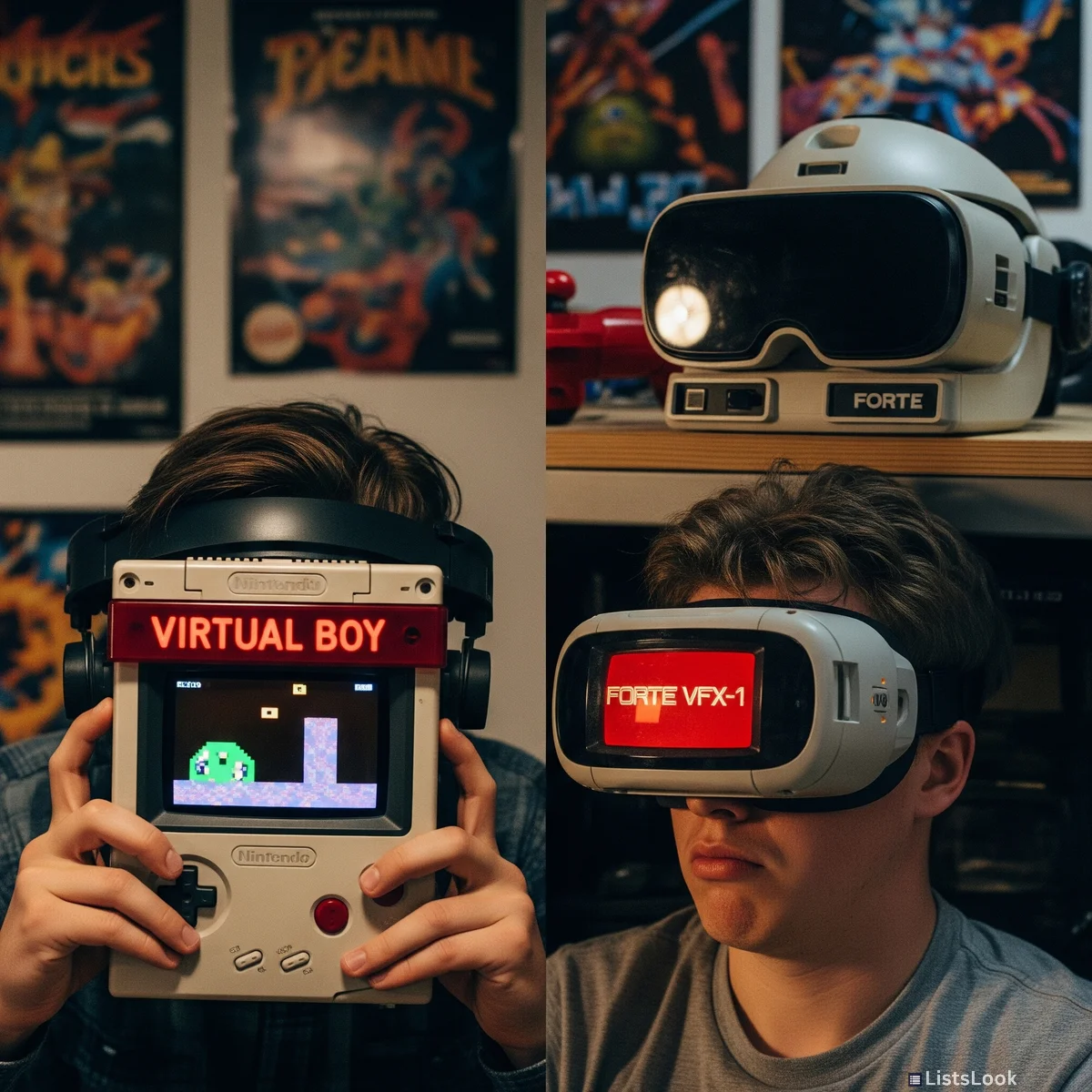
The 90s hype spurred attempts to bring VR home. Products like the Nintendo Virtual Boy and Forte VFX-1 promised home VR but largely missed the mark. Limited technology, poor image quality, and motion sickness issues led to a consumer backlash. This 'VR winter' dampened enthusiasm and reinforced the perception that VR was expensive, impractical, and ultimately, not ready for prime time. However, crucial lessons were learned about user comfort, visual fidelity, and the importance of compelling content for home VR adoption.
4. The Resurgence: Oculus Rekindles the Flame (2010s)

The dawn of the 2010s marked VR's phoenix-like rise. The Oculus Rift Kickstarter, spearheaded by Palmer Luckey, ignited a new wave of VR innovation. Leveraging advancements in display technology and mobile processing, Oculus promised affordable and accessible high-quality VR. This sparked a renewed interest, attracting developers, investors, and gamers alike. The Rift's success paved the way for modern VR, demonstrating that the technology had finally caught up with the dream, ushering in a new golden age for virtual reality gaming.
5. Mobile VR and Accessibility: VR for the Masses (Mid-2010s)
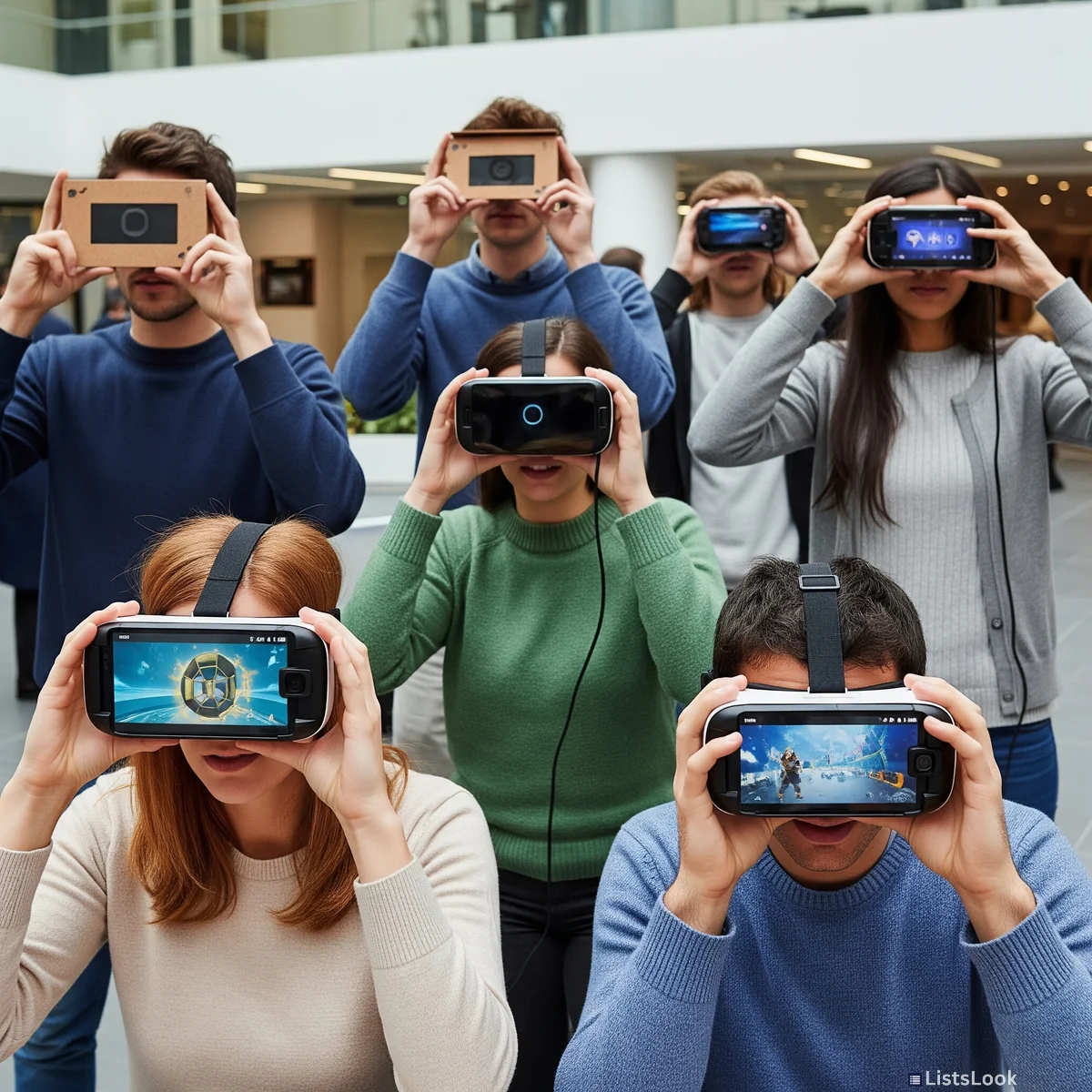
Google Cardboard and Samsung Gear VR democratized VR, making it accessible to millions via smartphones. While less powerful than PC VR, mobile VR offered a crucial entry point, introducing the masses to basic VR experiences and content. This period broadened VR's reach, showcasing its potential across entertainment, education, and beyond. Mobile VR proved that immersion could be lightweight and affordable, paving the way for wider adoption and laying the foundation for standalone VR solutions.
6. Untethered Freedom: Standalone VR & the Quest Revolution (Late 2010s - Present)

The Oculus Quest (now Meta Quest) was a game-changer, delivering standalone VR with no PC or wires required. This breakthrough offered unprecedented freedom and ease of use, further lowering the barrier to entry for VR gaming. Improvements in processing power, battery life, and tracking fidelity brought console-quality VR experiences to a standalone format. The Quest era marked a significant leap towards mainstream VR adoption, proving that immersive, untethered VR gaming was not only possible but incredibly compelling and fun.
7. Metaverse and Beyond: The Future of VR Gaming
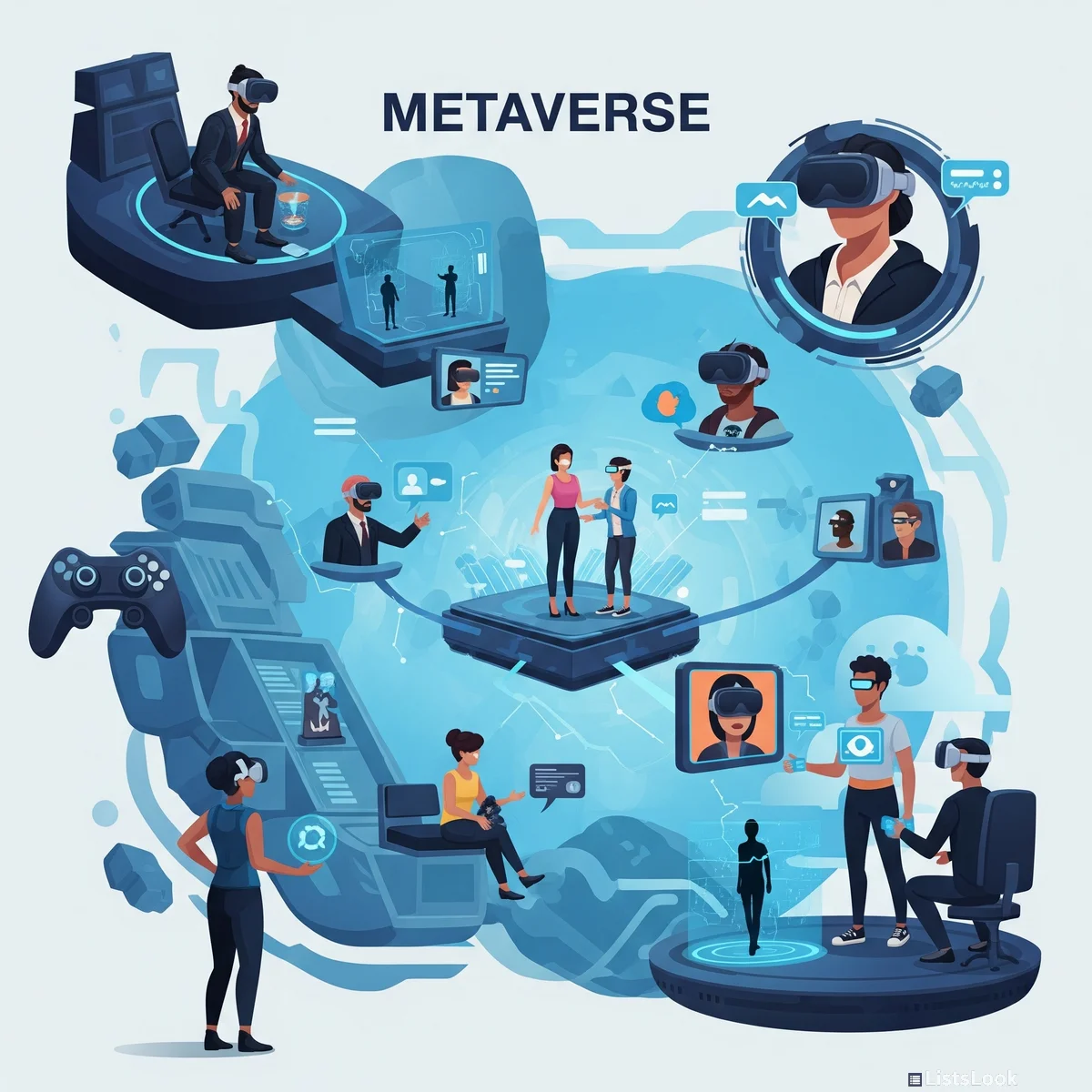
Now, VR gaming is converging with the metaverse. Imagine persistent virtual worlds where gaming, social interaction, and even commerce blend seamlessly. Platforms envision vast, interconnected VR spaces where gamers can build communities, participate in evolving narratives, and experience truly persistent virtual lives. The metaverse promises to amplify the social and immersive aspects of VR gaming, blurring the lines between games and social platforms, and opening up exciting new possibilities for virtual experiences and digital ownership in the decades to come.
Comments
Loading comments...